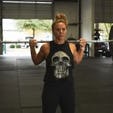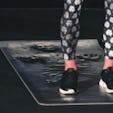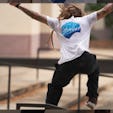Saying you need to lift heavy weights to build muscle and get stronger isn’t going to shock anyone. It’s like warning someone there’s nudity in a French movie—it’s kind of a given.
But the latest research on just how heavy a load must be to stimulate muscle gains suggests that it doesn’t need to be heavy at all.
In fact, it would seem that you can lift surprisingly light and build both muscle size and strength in equal measure to those who lift heavy, which turns years of exercise science theory on its head.
As it stands, you DON’T have to lift heavy to get bigger and stronger, and in some cases, you shouldn’t.
Go Light And Go Home
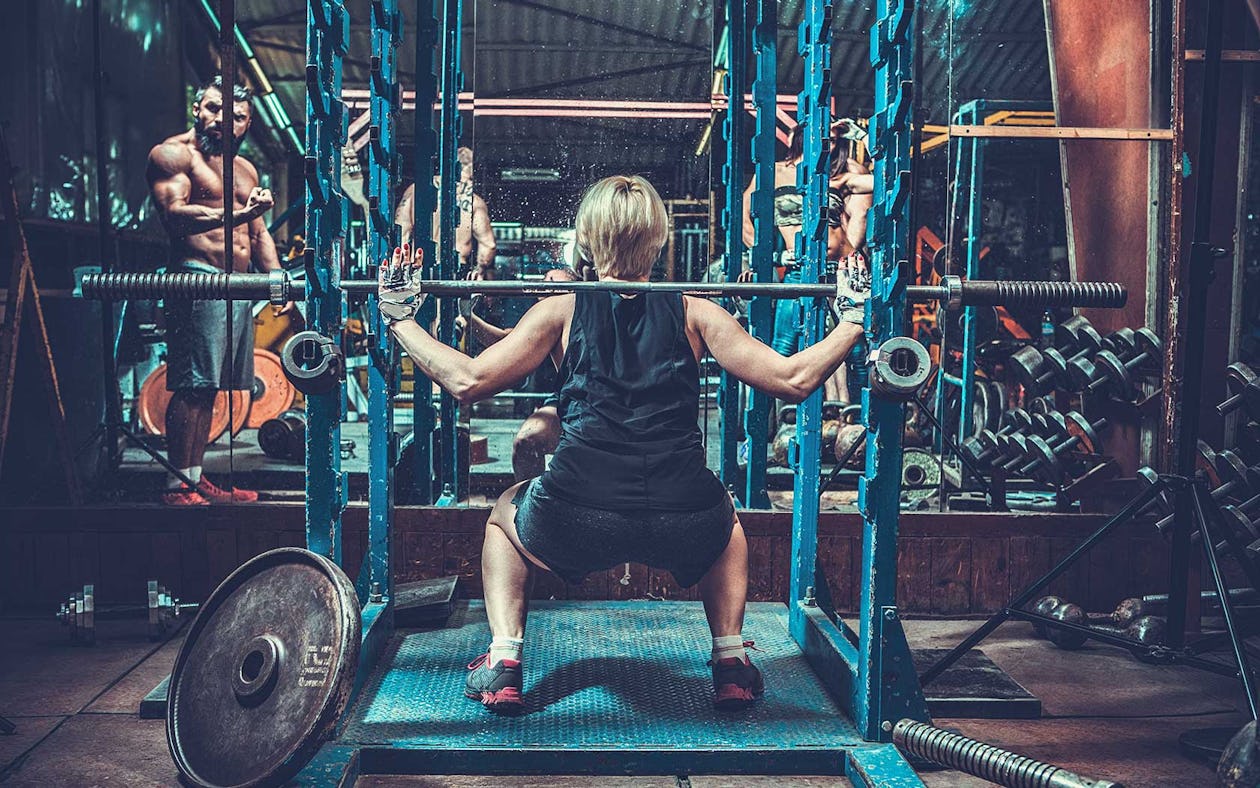
While the rep ranges used to develop size and strength can vary widely, most trainers and strength coaches have long agreed that loads that cut you off at 12 reps or fewer per set are most appropriate for building muscle.
The American College of Sports Medicine officially recommends lifting weights that are 70–85% of your one-rep max (the heaviest load you can lift for one perfect rep) if you’re a novice trainee, and up to 100% if you’re a veteran lifter.
It’s remarkable, then, that this year the Journal of Applied Physiology published a study showing that subjects made gains using as little as 30% of their projected maxes.
Forty-nine men in their 20s—all with several years’ lifting experience behind them—were split into two groups. One trained with 3 sets of 8–12 reps using 75–90% of their maxes, and the other did 3 sets of 20–25 reps with 30–50% of their max.
Both groups trained four times per week and took all their sets to failure—the point at which they couldn’t complete another rep with good form. Incidentally, the men all consumed 30 grams of whey protein twice a day, too.
The result: Both groups increased their one-rep max on the bench press, although the heavy-lifting group made slightly better strength gains. No surprise there.
But here’s where it gets interesting. Both groups saw the same gains in muscle size, including growth of both type I and type II muscle fibers. This is worth noting, as type I fibers are generally activated by endurance activities and type II fibers by strength and power exercise.
The light-lifting group saw gains in both fiber types despite its more endurance-focused training.
Now consider the results of a 2013 study from Experimental Gerontology. Fifty-six seniors were split into three groups.
All did leg presses and leg extensions for 12 weeks, but one group did sets of 15–20 reps using 80% of their max, another did sets of 80–100 with a miniscule 20% of their max, and the third did 60 reps with 20% followed by a single set of 10–20 reps with 40%. Again, all sets were done to failure.
All three groups built muscle, and the 80% of max team saw the best strength gains on their one-rep max, which was tested afterward. However, the subjects who lifted light and then did a single set at 40%—which is still by no means heavy—made the same progress.
It only took one extra set with a bit more weight to equal out the strength gains.
Light Is The New Heavy
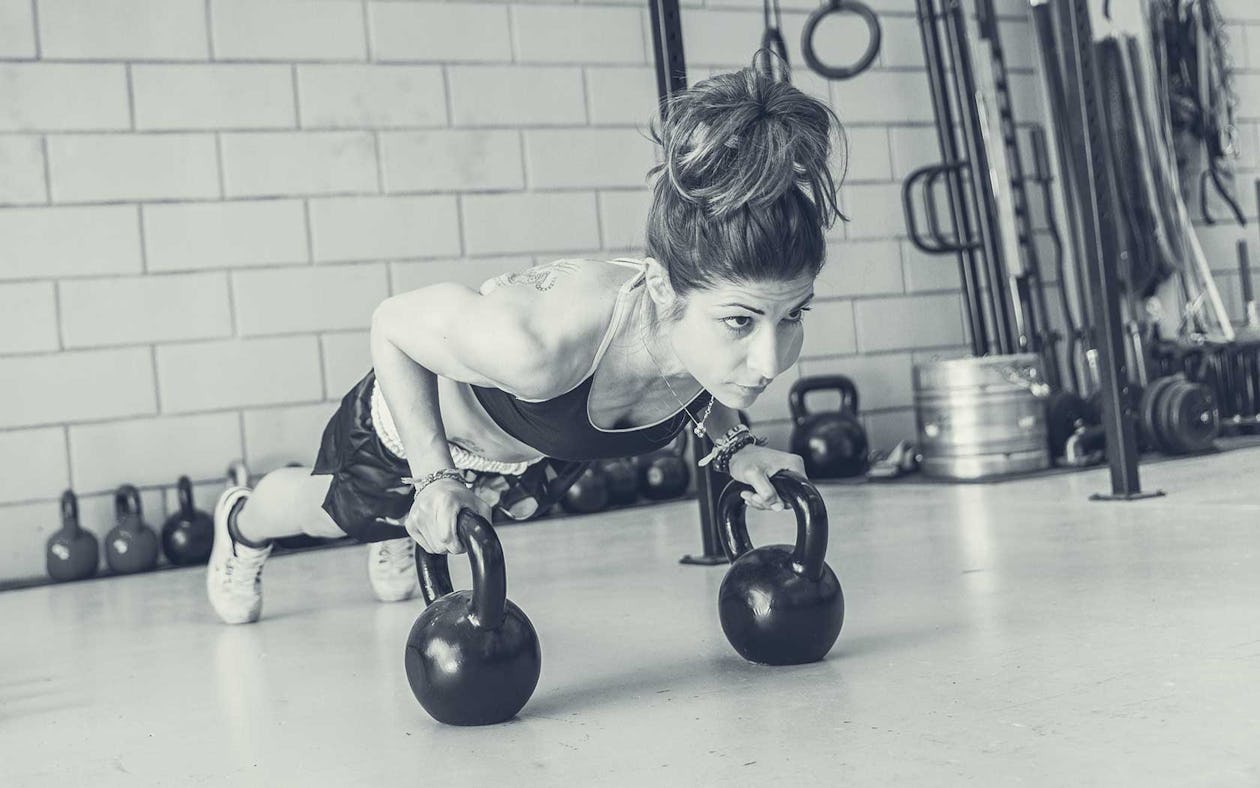
So what does it all mean? Are heavy weights obsolete?
Not exactly. Out of more than two dozen studies conducted since 2000 comparing the effects of differing loads on muscle gain, about one-quarter reported that heavy weights are still more effective—but only slightly at best (the findings weren’t statistically significant).
It’s clear that not only can you get bigger and stronger with light weights, your progress can be nearly equal to that of the “bros” who load up big plates all the time.
This is great news for older gym veterans who already have years of heavy training under their belts and are banged up as a result. They don’t need to risk further shoulder, elbow, hip, lower-back, or knee injury with heavy weight for the sake of building muscle.
They can rep out with lighter weights and do just fine.
It’s also encouraging for raw beginners and older populations in general, as the Gerontology study suggests. If you’ve been trying to convince your mom or dad to take up strength training to fight the aging process, but he/she has been intimidated by heavy dumbbells, you can assure them that the light ones will work just fine.
Lifters often fall into the trap of chasing new personal records (PR’s) on lifts to the point of injury. They’ll keep trying to drive their deadlift up until their lower backs break. This research is a reminder that you can still build muscle and see strength gains without using loads that put you at risk.
And, as many trainers will note, strength gain doesn’t automatically equate to bigger, better-looking muscles anyway. “Load can assist in hypertrophy [growth of muscle size],” says Sam Pogue, Director of Communications and Senior Coach at the Onnit Academy, “but all you really need is to stimulate the muscle by tearing it down—and excess calories to build it back bigger.
I can tear down muscle through several variations of an exercise versus using heavy weight on one. Variety and frequency trumps load and volume for hypertrophy.”
In other words, you don’t need to bench press 315 to make your chest grow when a steady rotation of dumbbell presses, incline presses, pushups, and flyes can get it done.
“It’s also about intention,” says Pogue. “If you’re just throwing light weights around, you’re not going to get much out of it. But if you know how to create active lines of tension you can get the most out of that weight. We talk about that a lot in our Foundations Cert.”
In layman’s terms, if your technique is spot on and you train with focus and intensity, you can make light weights do the work of heavy ones.
One caveat about intensity: while the subjects in the above-mentioned studies may have gone to failure, it’s hard to say exactly how far into the red zone they got. I.e., how much did their form break down before their coaches made them end the set?
For maximum safety, Pogue recommends ending all sets with one or two reps “in the tank” to ensure your form stays sharp and you don’t risk getting hurt. Pushing your sets to this point will still provide ample stimulus for growth while protecting you from the kind of accidents that stop it dead.
How To Build A Workout That Works For You
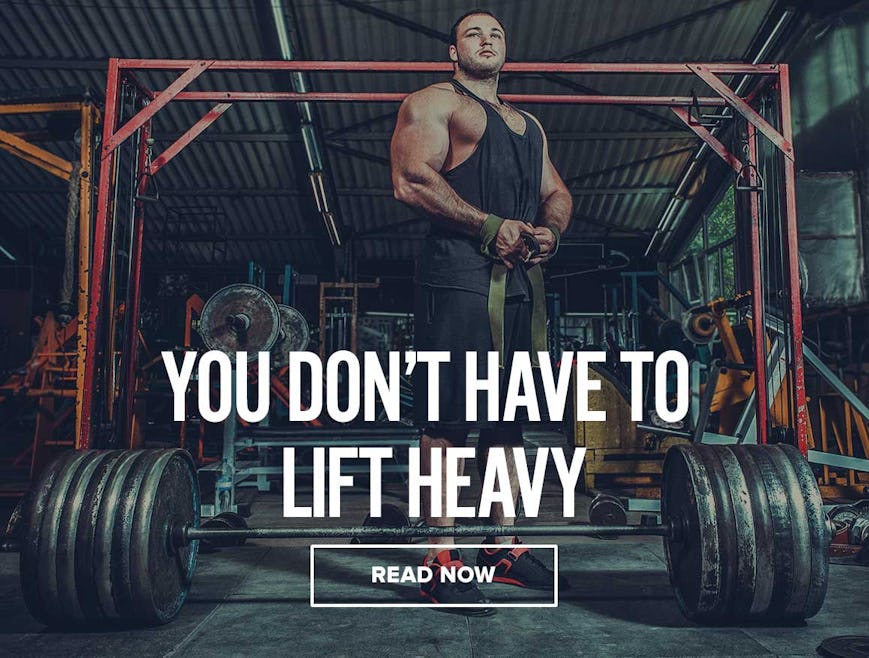 So is light lifting the next big trend? Are we going to see everybody lifting pink, five-pound dumbbells to failure?
So is light lifting the next big trend? Are we going to see everybody lifting pink, five-pound dumbbells to failure?
No. But Pogue says that a good take-home lesson is to build the majority of your training around lighter-weight sets. “I like lifting four days a week when the goal is strength and muscle gain.
Have two days where you work up to a heavy weight on one main lift, like a squat or overhead press, and then do a high volume of light accessory work. So you could do overhead presses and then 5 sets of 15 on dumbbell chest presses, rows, lateral raises, and then arms.”
On the other two training days, keep the lifts strictly high volume and use light to moderate weight. “The primary movements”—barbell lifts like the squat and press—“are your benchmark.”
As long as your strength on them improves over time, you can rest assured that the lighter training you do on the rest of your exercises is working.
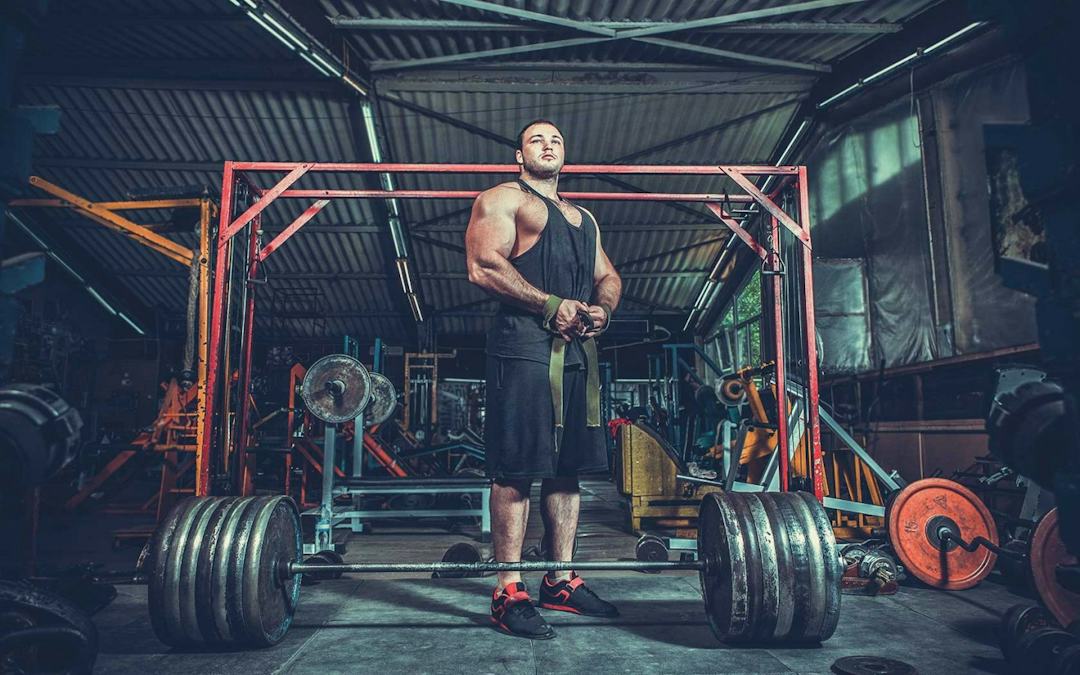
)

